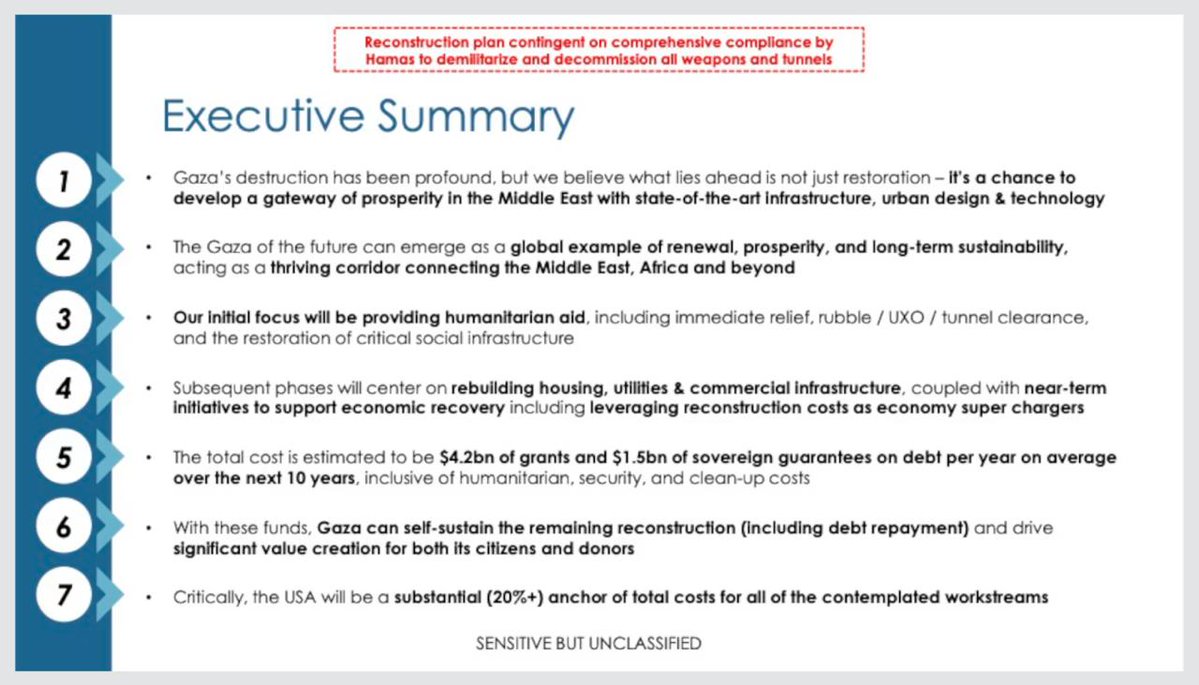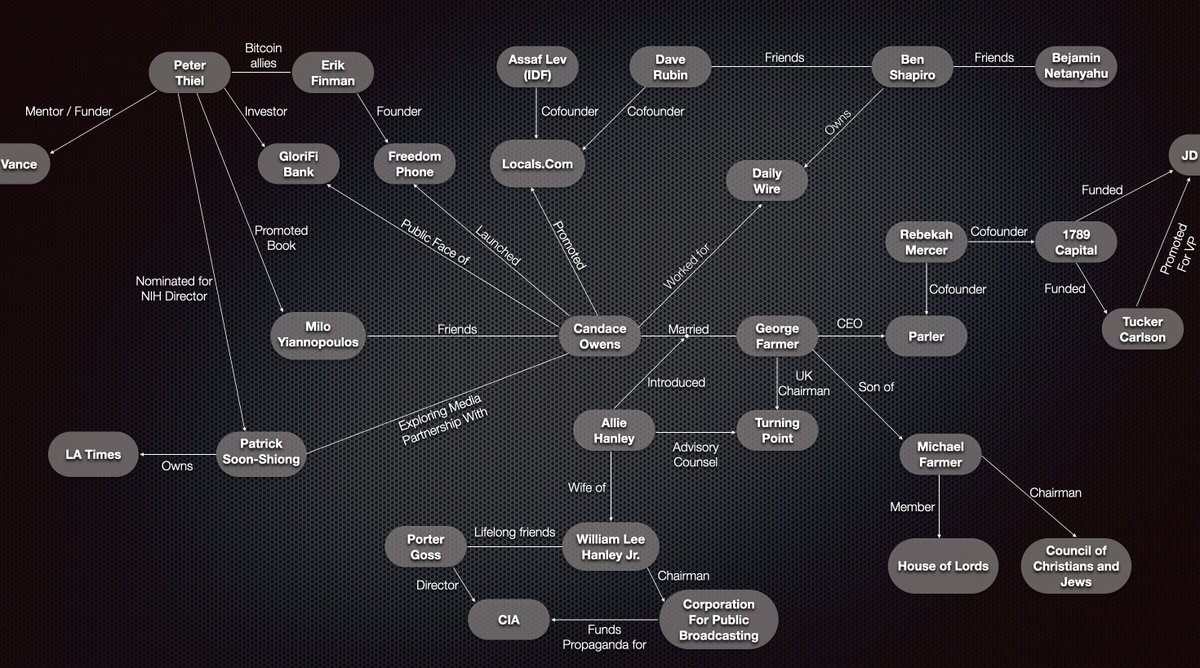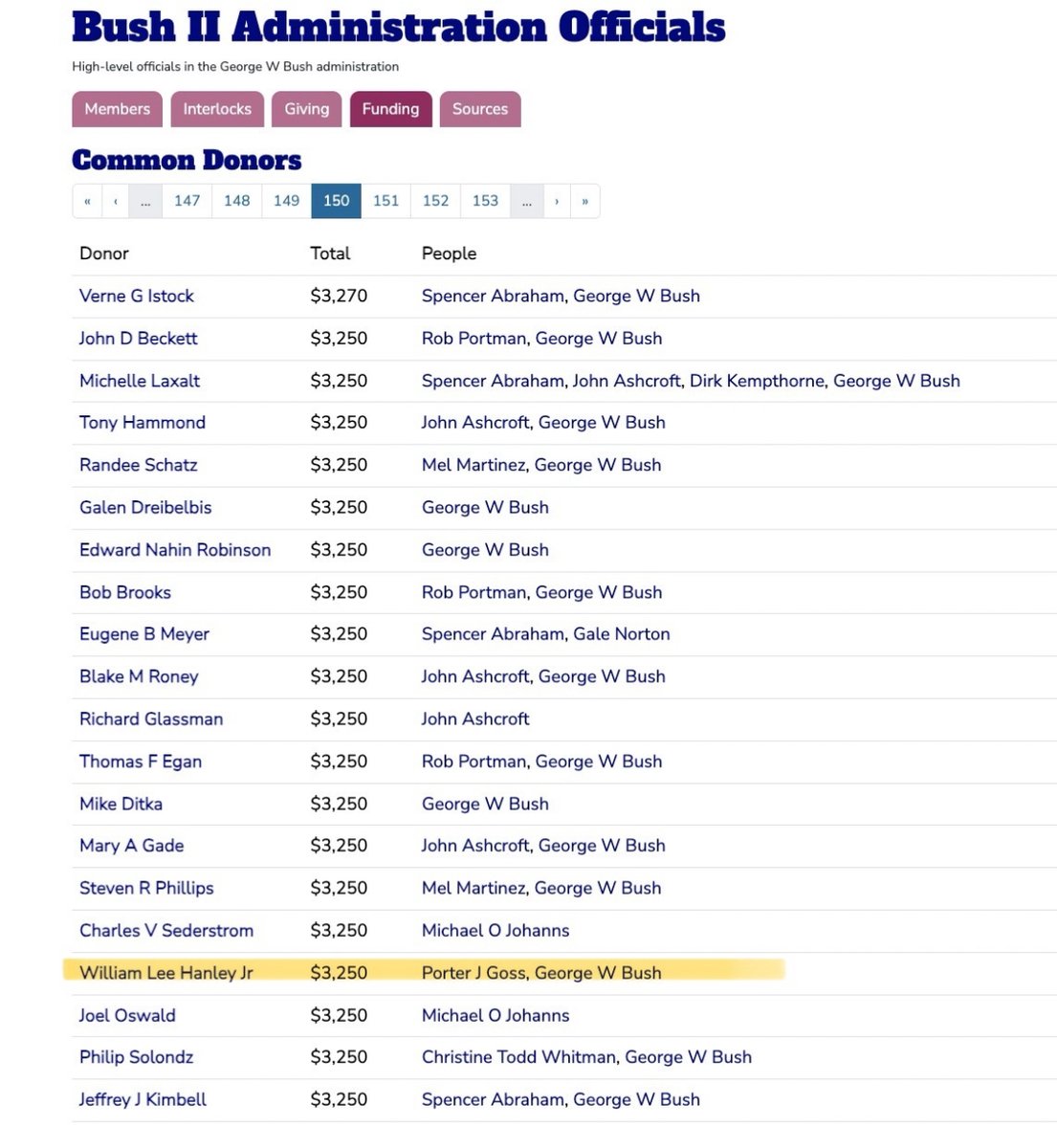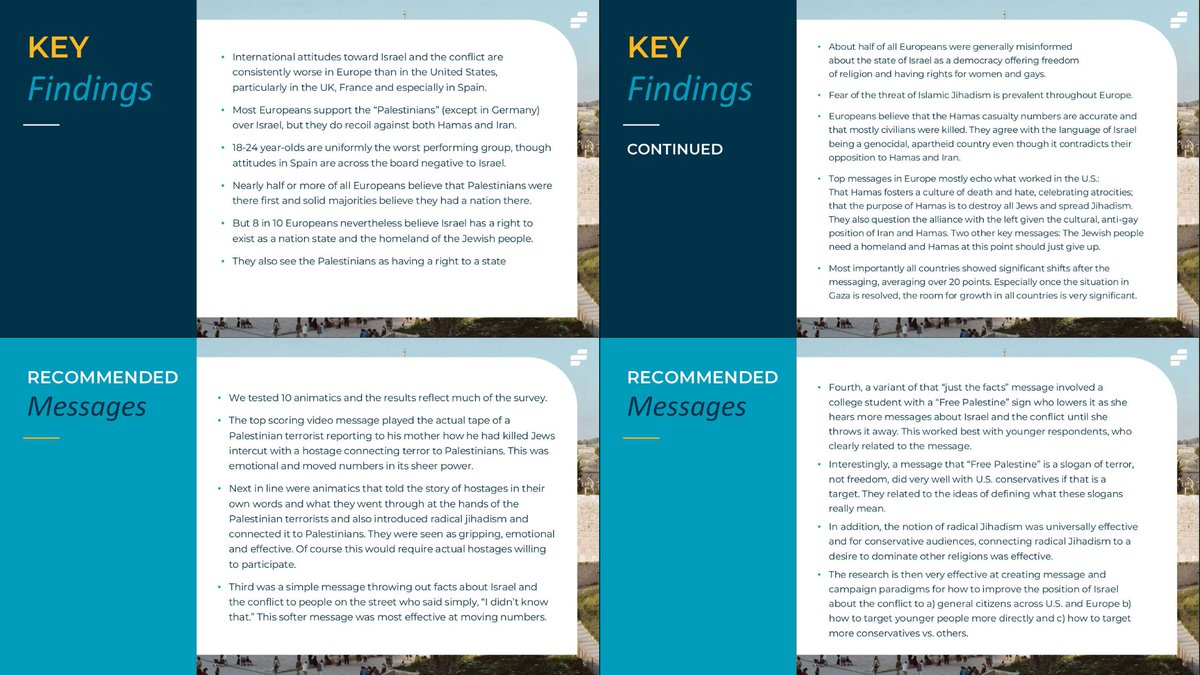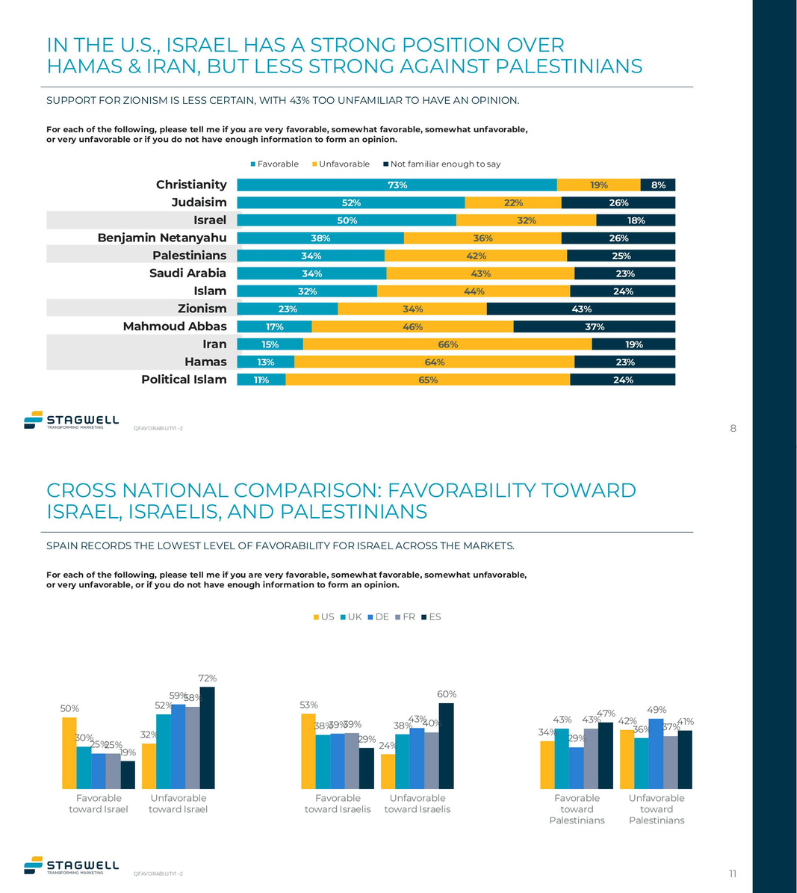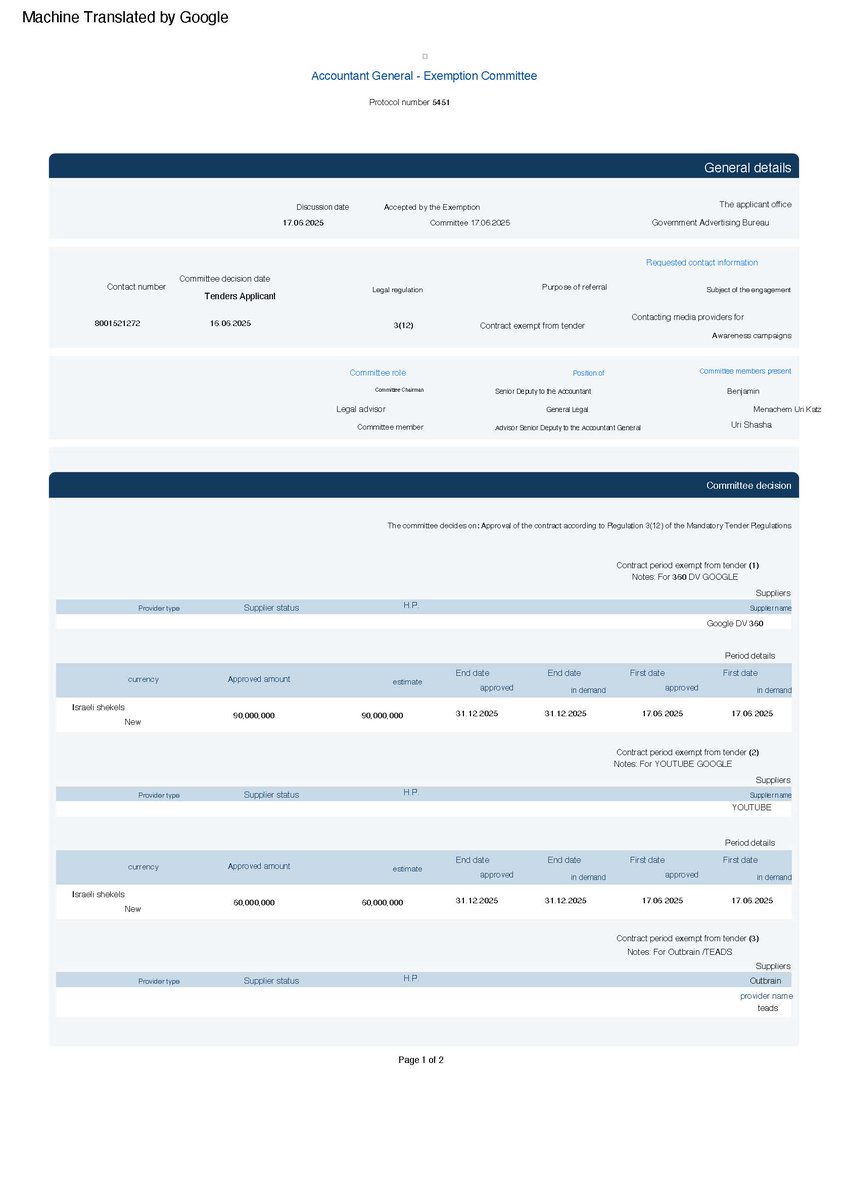Let's talk about Volhynia since Ukrainians never want to.... a 🧵
Volhynia is a historic region with undefined borders, located at the nexus of Poland, Belarus, and Ukraine. After the Molotov-Ribbentrop pact of 1939 it was divided into two oblasts. The Soviets occupied Volyn.
Volhynia is a historic region with undefined borders, located at the nexus of Poland, Belarus, and Ukraine. After the Molotov-Ribbentrop pact of 1939 it was divided into two oblasts. The Soviets occupied Volyn.
Prior to this, the region was well integrated, but Polish-Ukrainian relations had begun to deteriorate. You can recall in one of our previous threads that the OUN assassinated the Interior Minister of Poland, understandably the Poles didn't really like that.
On 22 June 1941, the Soviet area was attacked by German, Slovak, and Hungarian forces, and were forced to withdraw after 8 days. The OUN used the first year of Nazi occupation to learn the methods of mass killing, weapons, and integrate themselves into German police units. 

The OUN-B (B for Bandera) were the only group of Ukrainian nationalist that were actively engaged in the planning for ethnic cleansing of Volhynia at that time. As tensions rose, Poles in the region, seeing that Ukrainians were willing to collaborate with Nazis, 

Thought the Ukrs should be deported which they formally recommended in July 1942. The OUN, because the Nazis were taking care of the Jews, took it upon themselves to eliminate the Poles. Due to active resistance, the OUN-B created its military units in the fall of 1942.
In 1943, the formal policy of ethnic cleansing was enacted, and the OUN-B began calling themselves the Ukrainian Insurgent Army (UPA). In March, 5,000 Ukrainian policeman and their weapons defected to the UPA. 

More groups of nationalists were absorbed into the OUN through force or cooperation, creating a very large, well trained, guerrilla army. On 9 Feb, UPA fighters disguised as Soviets attacked the settlement of Parosle killing 149-173 Poles. 

This is commonly considered the beginning. In spring of 1943, the terror began. The UPA, marched through the countryside, killing all Poles they encountered, mostly women and children. The UPA, appalling even the Nazis, reveled in the most savage and sadistic violence.. 

Their favorite weapon was the hatchet with other employed methods of rape, torture, mutilation, burning, alive, skinning, crucifixion, and disembowelment. Babies and children were wrapped in hay bales and lit on fire, impaled on bayonets, or simply bludgeoned. 

Women often had their breasts sliced off and those pregnant were sliced open. An OUN order: "Liquidate all Polish traces. Destroy all walls in the Catholic Church and other Polish prayer houses....
"Destroy orchards and trees in the courtyards, so that there will be no trace that someone lived there... pay attention to the fact that when something remains that is Polish, then the Poles will have pretensions to our land." 

On "Bloody Sunday", 11 July 1943, UPA attacked over 100 villages and killed at least 8,000 Poles including hospital patients and workers. In the end, the UPA massacred at least 10% of ethnic Poles in Volhynia roughly 40,000 to 60,000, the remainder mostly fled. 

Modern Ukrainians refused to call this genocide, instead preferring "Volhynia Tragedy" and claim that placing the blame on the UPA is Russian propaganda attempting to hurt their relations with Poland. This opinion was made into a government resolution by the Rada in Sept 2016. 

They say it was a bilateral genocide and that Poles killed just as many Ukrainians. Exhumations of mass graves in 1992 physically prove this impossible, but since when do Ukrainians dwell in reality?
On Holocaust Remembrance Day, we remember all victims of Nazi brutality, even if the perpetrators do not want to. Fin. 

I hope I did alright by my Polish brethren, if I haven't, please correct me and I sincerely apologize. Love to you all.
This weekend, if you have time, please watch this movie. It's banned in Ukraine.
• • •
Missing some Tweet in this thread? You can try to
force a refresh




